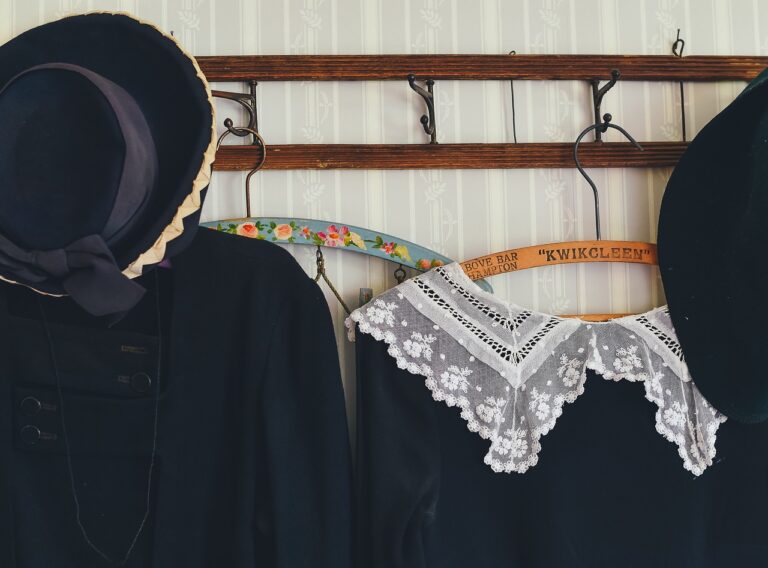Innovations in Fabric Dyeing and Printing
There are several different techniques that can be used to dye fabric, each yielding unique results. One common method is immersion dyeing, where the fabric is fully submerged in a dye bath to achieve an even color. This technique works well for solid colors and can be easily adjusted to create varying shades by adjusting the dye concentration or immersion time.
Another popular technique is tie-dyeing, which involves twisting, folding, or pleating the fabric before applying dye to create intricate patterns. This method allows for a more artistic, free-form approach to dyeing, resulting in one-of-a-kind designs. Different tying and folding techniques can be used to achieve a wide range of patterns, from simple spirals to complex geometric shapes.
Eco-Friendly Dyeing Methods
Eco-friendly dyeing methods play a crucial role in reducing the environmental impact of the textile industry. By utilizing natural dyes derived from plants, fruits, and minerals, manufacturers can achieve vibrant colors without harmful chemicals. These natural dyes not only minimize pollution but also promote sustainable practices within the supply chain.
Another eco-friendly dyeing technique is waterless dyeing, which significantly reduces water consumption during the dyeing process. By using innovative methods such as digital printing and air dyeing, textile manufacturers can eliminate the need for excessive water usage and wastewater discharge. This not only conserves water resources but also lowers energy consumption, making it a more sustainable option for the industry.
What are some eco-friendly fabric dyeing techniques?
Some eco-friendly fabric dyeing techniques include natural dyeing using plant-based dyes, low-impact synthetic dyes, and waterless dyeing methods.
How do eco-friendly dyeing methods help the environment?
Eco-friendly dyeing methods help the environment by reducing water consumption, minimizing chemical waste, and limiting the use of harmful substances in the dyeing process.
Are eco-friendly dyeing methods as effective as traditional dyeing methods?
Yes, eco-friendly dyeing methods can be just as effective as traditional dyeing methods, producing vibrant and long-lasting colors on fabrics.
Can eco-friendly dyeing methods be cost-effective for businesses?
While there may be initial investment costs in transitioning to eco-friendly dyeing methods, in the long run, they can potentially save businesses money through reduced water and energy usage.
Are there any certifications or standards for eco-friendly dyeing methods?
Yes, there are certifications such as the Global Organic Textile Standard (GOTS) and Bluesign that ensure the use of eco-friendly practices in fabric dyeing.





